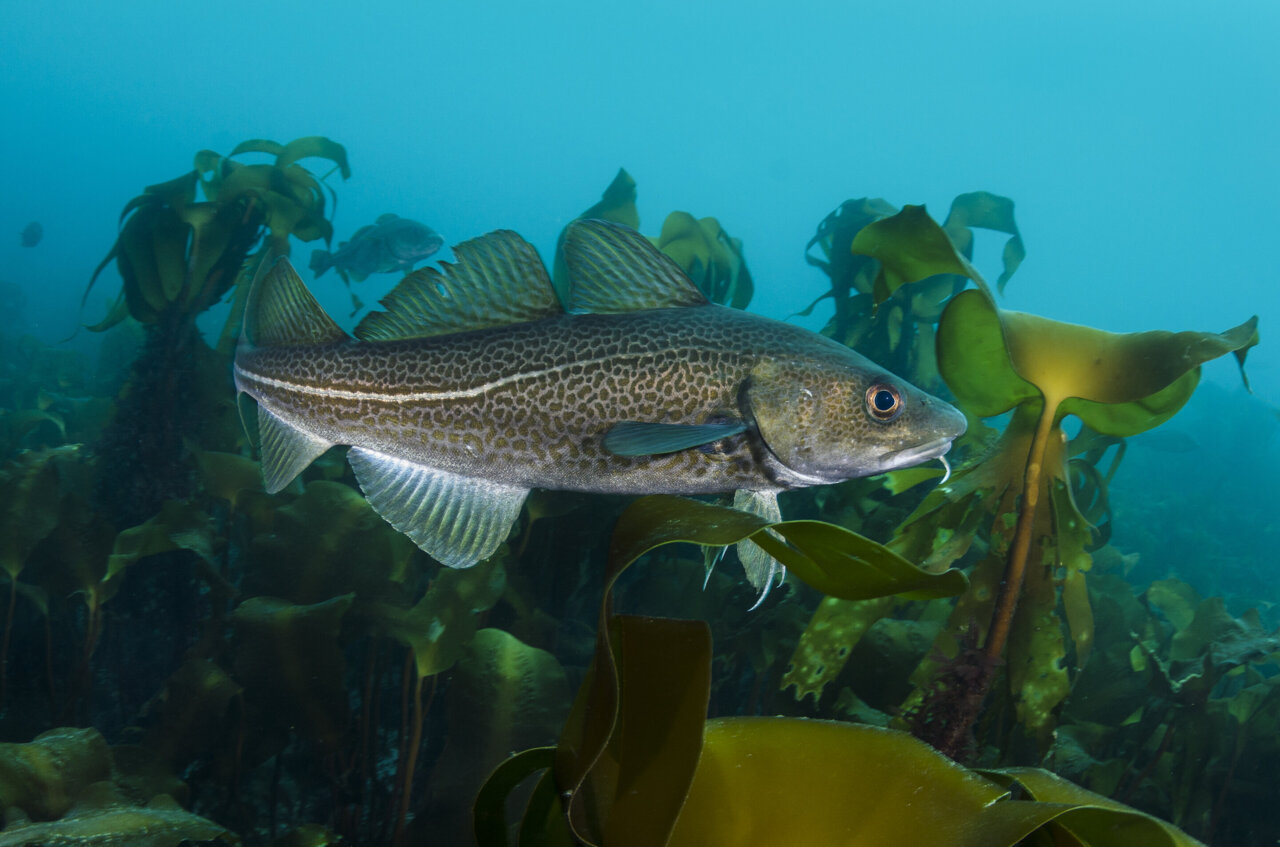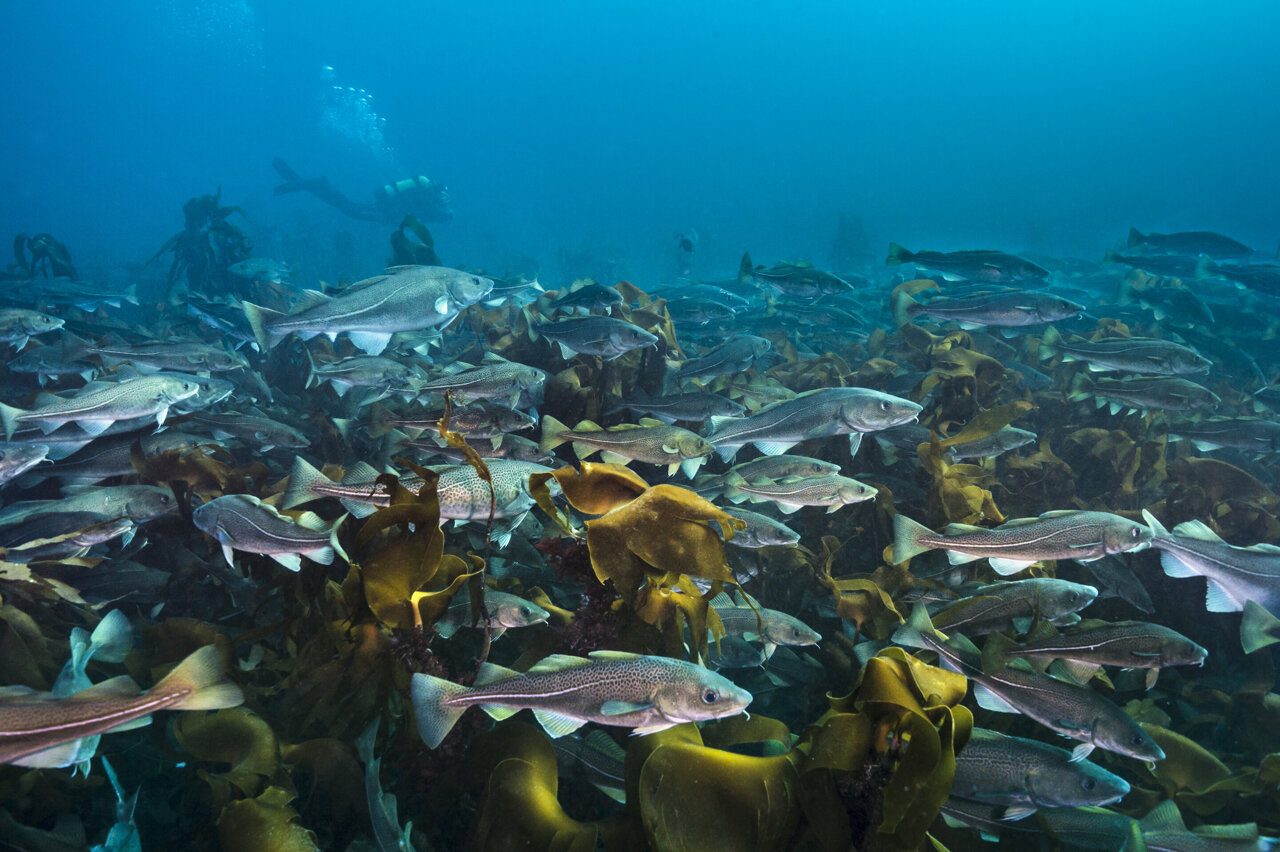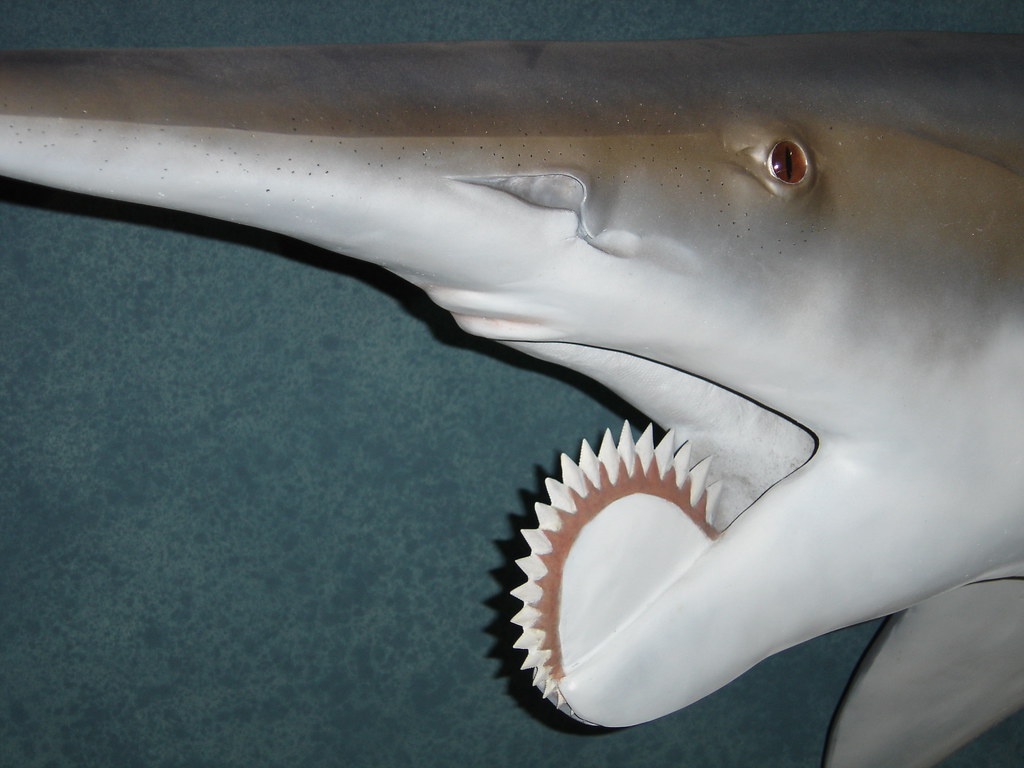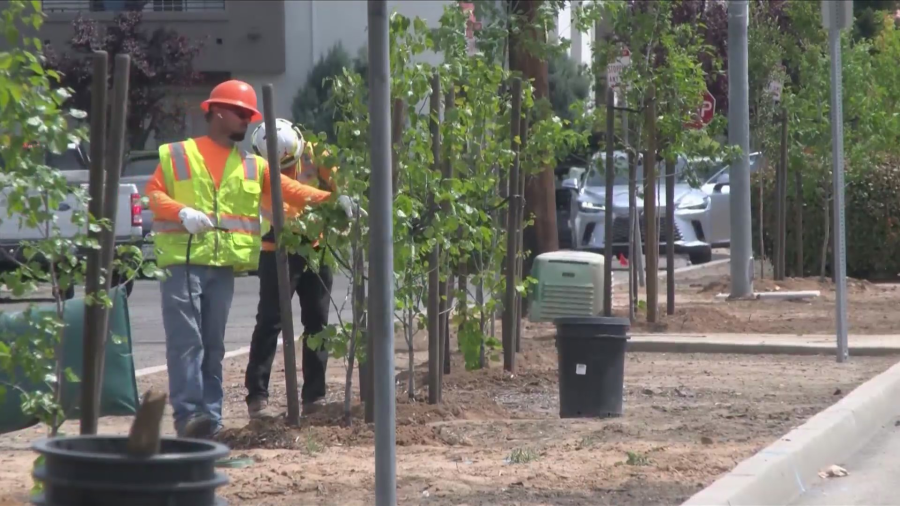New research reveals that many of the fish consumed by humans significantly contribute to sustaining the seabed—which in turn affects our climate. The Convex Seascape Survey researchers evaluated the impact of fish on bioturbation (the mixing and processing of sediments) within shallow waters off the UK coast. They published their findings in a paper.
published
in the journal
Marine Environmental Research
The title is “An Evaluation of Fish as Bioturbators and Their Susceptibility to Local Extinction.”

The Atlantic cod—an essential menu item in restaurants—shared the top spot on the list of crucial “ecosystem engineers,” alongside the Atlantic hagfish and the European eel.
Altogether, 185 species of fish were identified as involved in bioturbation—with 120 of those being subject to commercial fishing.
“The ocean floor stores the planet’s biggest supply of organic carbon, so changes occurring at the seafloor can impact our climate,” stated Mara Fischer, a University of Exeter Ph.D. student who headed the research.
Bioturbation plays a crucial role in how the seafloor captures and retains organic carbon, making this process essential for comprehending how oceans absorb greenhouse gases and mitigate the pace of climate change.
Bioturbation plays a crucial role in both seabed environments and broader oceanic ecosystems.
Our comprehension of how invertebrates play a role in global bioturbation is solid, but up till now, we’ve lacked the complete picture as we were missing half the equation.
Our research is the initial effort to measure the effect of fish on bioturbation, indicating that they have a substantial and extensive influence.
Overfished and overlooked
Professor Callum Roberts, co-author and researcher at the Center for Ecology and Conservation located at Exeter’s Penryn Campus in Cornwall, stated, “Our findings indicate that those species which experience significant effects from bioturbation are often the ones most susceptible to dangers like commercial fishing.”
A significant number of the biggest and strongest creatures that disturb seabed sediments, such as giant skates, halibut, and cod, have experienced severe overfishing to the point where they’ve nearly disappeared from our oceans.
These losses result in significant, yet undetermined, alterations to how seabed ecosystems function.
The researchers studied records of all fish species inhabiting the UK continental shelf and discovered that over fifty percent play a part in bioturbation—manipulating and digging through sediments while searching for food, burrowing, or constructing nests.
The various methods through which sediments are disturbed—known as bioturbation modes—together with the scale of the fish and how often this disturbance occurs, were utilized by the scientists to determine a bioturbation effect index for every species.
Examples include:
- The European eel operates mainly through burrowing. Its bioturbation rating out of 125 points stands at 100. The International Union for Conservation of Nature classifies this species as critically endangered. Primarily caught with traps and fyke nets, these eels are prized culinary delights across numerous regions in Europe and Asia, often featured in traditional recipes such as smoked eel or hearty meals including eel pies and soups. Major risks threatening their survival encompass factors like global warming, illnesses caused by pathogens, reduction in natural habitats, contamination from toxins, and overfishing activities.
- The Atlantic cod has a bioturbation behavior classified as a vertical excavator with a score of 100. It holds a vulnerable status according to the IUCN red list. This species is mainly caught through methods like trawling and longlining and finds its way into various dishes such as fish and chips, fresh fillets, salted versions, and even supplements like cod liver oil. The threats facing this creature encompass issues like excessive fishing, changes in climate, and destruction of their habitats. Their numbers have notably decreased across much of its distribution area, specifically within regions like the North Sea and Western Atlantic waters.
- The common skate. Its bioturbation method classifies as a lateral excavator. It has a bioturbation rating of 50. According to the IUCN, it is listed as critically endangered. Previously hunted through trawling and longlining activities, various areas now provide protection for this species; however, incidental capture remains an issue. Overfishing has led to significant reductions in their population numbers. This particular species faces threats because of its substantial size, sluggish growth rate, and minimal reproduction frequency—with only around 40 eggs being produced every alternate year and reaching sexual maturity taking approximately eleven years per generation.
- Black seabream. It operates as a nest-builder in terms of bioturbation. Its bioturbation index stands at 36. The International Union for Conservation of Nature classifies it under the category of ‘least concern.’ This species is mainly captured through methods such as bottom trawling, gillnets, and hook-and-line fishing. Conducting fishing activities particularly during the breeding period in April and May could adversely affect the regeneration of populations. Utilizing bottom trawl techniques during these months might lead to the removal of not only adult fishes but also their nests and eggs.
- Red gurnard. Method of disturbing sediments: bottom feeder. Sediment disturbance index: 16. Conservation status according to IUCN: least concern. Traditionally, this fish hasn’t attracted significant attention from commercial fisheries; however, recently it has become more targeted, including in areas like Cornwall. Primarily, these creatures are captured using trawl nets. At present, there’s no specific regulation for any type of gurnards within the European Union, lacking both minimum catch sizes and quotas—this situation might result in overfishing practices being uncontrolled.
Julie Hawkins, an additional contributor to the research, remarked, “Those who have invested time in aquatic environments, be it through snorkeling or diving, understand that fish are perpetually disturbing the ocean floor.”
It’s difficult to fathom how such a clear and significant process has been mostly ignored in the quest to comprehend oceanic carbon sequestration.
The Convex Seascape Survey is a collaboration among the Blue Marine Foundation, the University of Exeter, and Convex Group Limited. This extensive five-year international research initiative aims to be the most comprehensive study conducted so far focused on enhancing our knowledge about how oceans and their continental shelves contribute to Earth’s carbon cycle. It seeks urgently needed insights aimed at mitigating climate change impacts.
More information:
Mara Fischer and others examined how fish serve as bioturbators and explored their susceptibility to regional disappearance.
Marine Environmental Research
(2025).
DOI: 10.1016/j.marenvres.2025.107158
Furnished by the University of Exeter
This tale was initially released on
VIRALBUZZNEWS.COM
. Subscribe to our
newsletter
For the most recent science and technology news updates.


